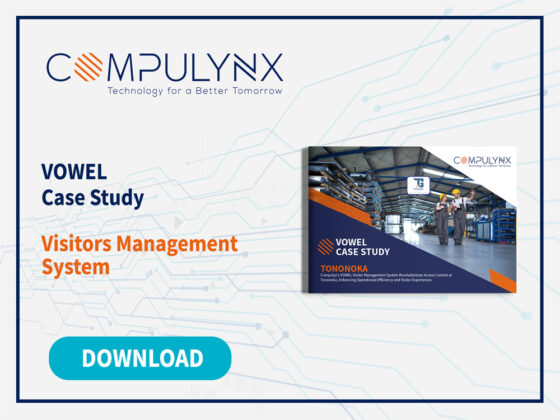Promotions typically constitute a significant percentage of the marketing budget for most retailers, depending on the industry they operate in. However, the real effectiveness of promotions can be extremely difficult to measure and understand due to the multiplicity of variables involved. First, promotions can take on dozens of forms and combinations – simple discounts, Buy One Get One, and variations therefore, buy product A and get a discount on product B, couponing, special packs, and many combinations of these.
Secondly, variables such as the timing, length, and frequency of promotions and depth of discounts offered. And thirdly, seasonality, weather, competitor activity, and your marketing and other promotional activities that might be running concurrently.
All of these factors can have an impact on the success and profitability of promotions in terms of the incremental sales and revenues they generate.
Let’s look at 2 approach retailers can use to improve promotion effectiveness
- Improve Collaboration Between Retailers and Vendors
Vendors want to create brand loyalty while retailers want to create store loyalty. Promotions run by vendors must profit retailers. This is not always the case. For instance, the vendor might be interested in-store promotion team but the retailer may not allow vendor representatives inside the store. The vendor may want more space in the front display and retailers may not comply. Vendors might want to promote their brands but the retailer may not like it as it might cause cannibalism.
Although their objectives are different, they must work in tandem to create the best results. They must include a solid strategy and good analytical data to take a step further.
- Build Successful Promotion Strategy
Retailers need a clear goal to design a promotion strategy. Retailers could be trying to garner new customers, increase the frequency of visits of loyal customers, or make the customer buy more when they visit, improve store or brand loyalty, etc.
A strategy must be designed to meet the retailer’s objectives. Understand the effect of previous promotions. Retailers should decide the frequency of the promotions, product combinations and categories to focus on, retail price rate, changes based on demographics across multiple stores, negative impacts, effective promotions, etc.
Promotions methods could be coupons, discounts, contests, buy one get one free, free sample, free delivery, customized promotions, and more. They have to calculate the amount invested in these promotions. They have to decide how much funds should be allocated to each category.
In conclusion, by having a deeper understanding of customer needs and journeys, a retailer can make promotions accordingly. For example, Retailers can invest in digital advertising if customers are more likely to respond to that.
Promotion effectiveness can be achieved through defining clear objectives, crafting robust strategies, executing promotions, analyzing the data before and after promotions using big data analytics, and using the insights generated to improve the promotions. Promotional effectiveness is a major key to staying ahead in competitions
By Carolyne Rabut
Content Marketing – CompuLynx




